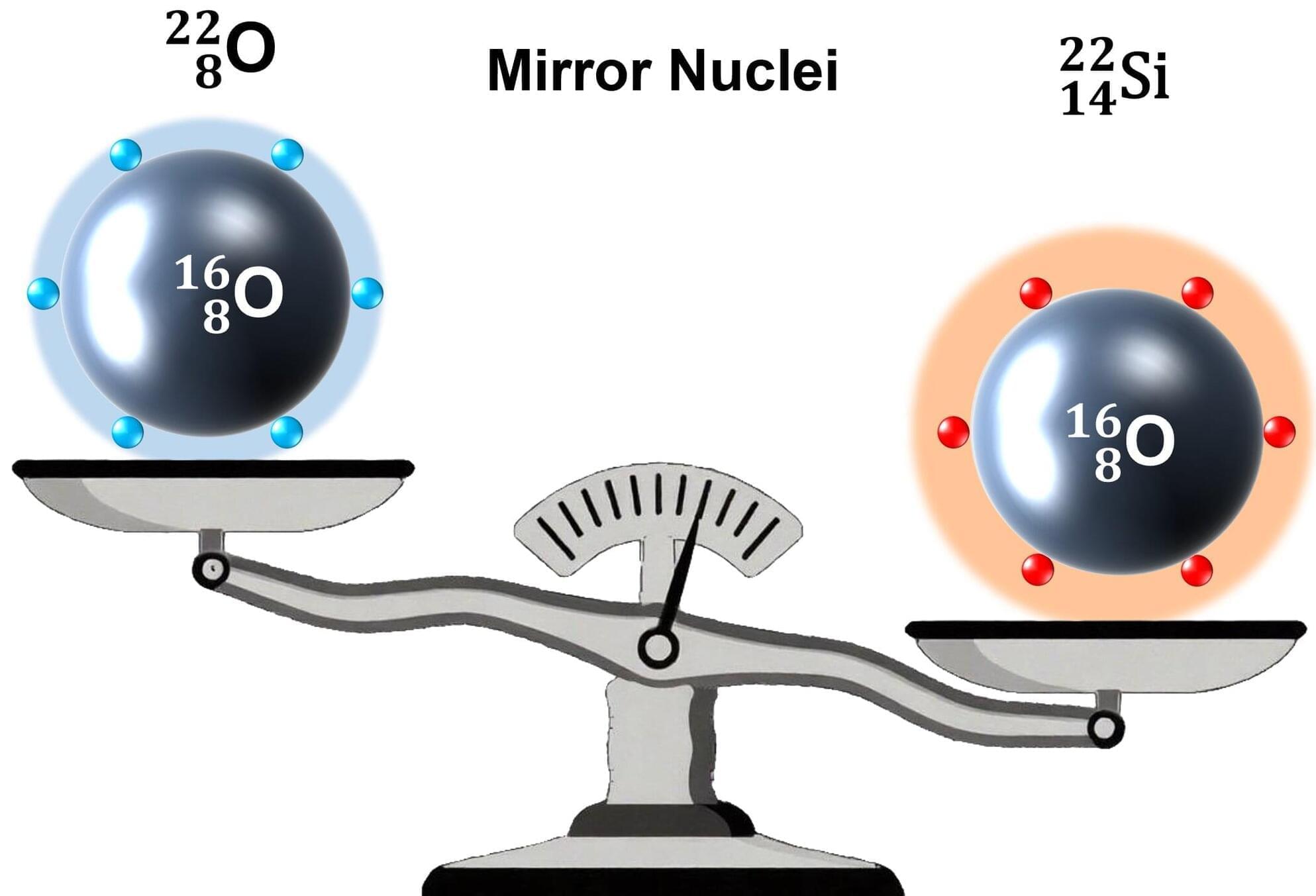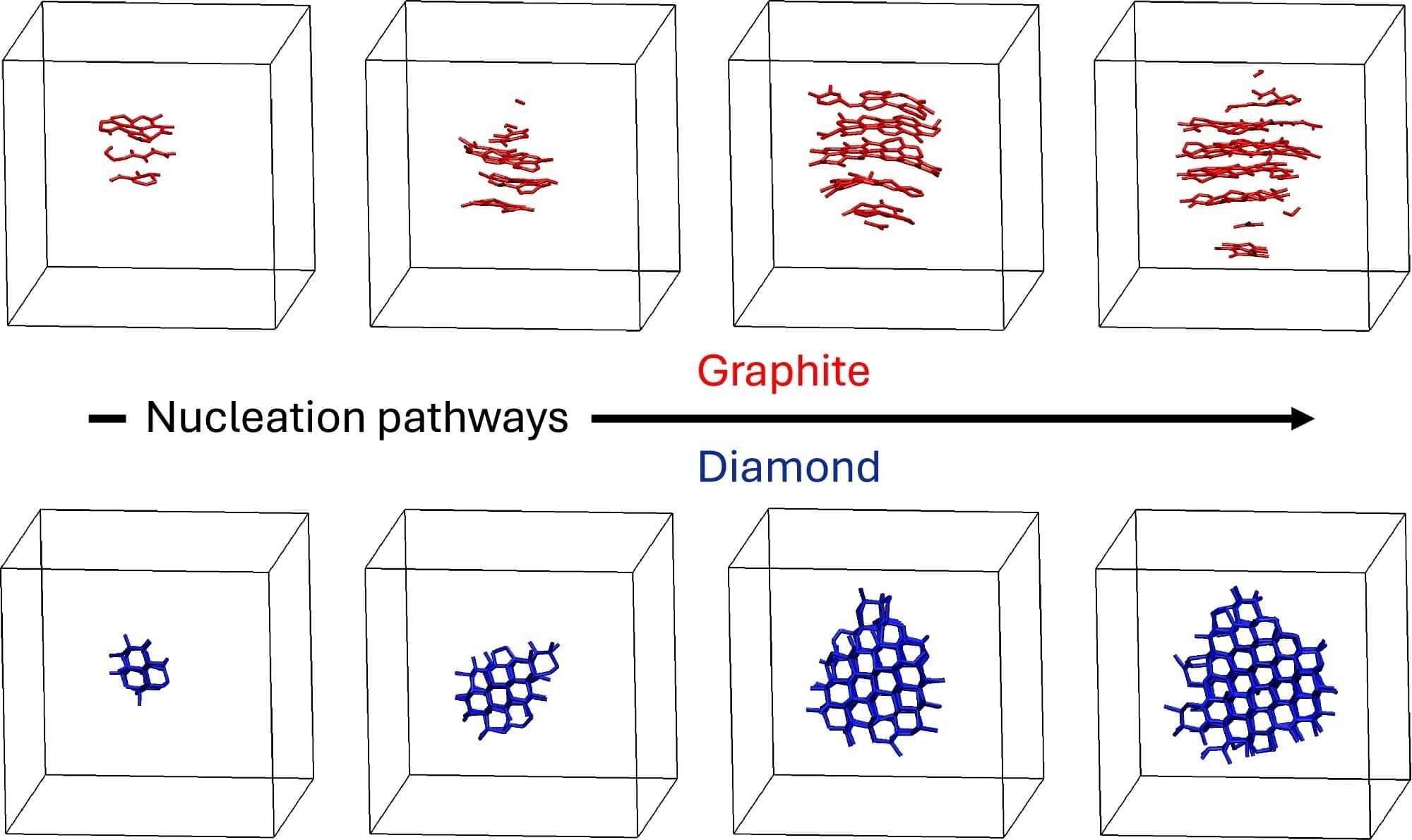The magic mushroom compound extended the life of cells by 57 percent.


For the first time ever, researchers succeeded in keeping a qubit coherent for more than 1 millisecond.

IN A NUTSHELL 🌌 Astronomers discovered a massive filament of hot gas stretching 23 million light-years, containing much of the universe’s “missing matter.” 🔭 Advanced telescopes like XMM-Newton and Suzaku played a crucial role in identifying and analyzing this elusive cosmic structure. 🕸️ The filament is part of the Cosmic Web, a network that has


In nuclear physics, “magic numbers” identify specific numbers of protons or neutrons that lead to especially stable nuclei. Recognizing these numbers helps scientists better understand the structure of nuclei.
The magic numbers for stable, long-lived isotopes have long been known, but the magic numbers for exotic, short-lived isotopes are less well understood. By studying these rare cases, researchers can gain deeper insight into the nuclear “building code” under extreme conditions. This, in turn, improves our understanding of how elements formed in the universe and sheds light on the behavior of the nuclear force.
As part of this effort, researchers from the Institute of Modern Physics (IMP) of the Chinese Academy of Sciences have precisely measured for the first time the mass of an extremely short-lived and neutron-deficient nucleus, silicon-22, revealing that the proton number 14 in silicon-22 is a new magic number.

The graphite found in your favorite pencil could have instead been the diamond your mother always wears. What made the difference? Researchers are finding out.
How molten carbon crystallizes into either graphite or diamond is relevant to planetary science, materials manufacturing and nuclear fusion research. However, this moment of crystallization is difficult to study experimentally because it happens very rapidly and under extreme conditions.
In a new study published July 9 in Nature Communications, researchers from the University of California, Davis and George Washington University use computer simulations to study how molten carbon crystallizes into either graphite or diamond at temperatures and pressures similar to Earth’s interior. The team’s findings challenge conventional understanding of diamond formation and reveal why experimental results studying carbon’s phase behavior have been so inconsistent.

The uterine cervix plays an essential role in regulating fertility, maintaining pregnancy, remodeling in preparation for parturition, and protecting the reproductive tract from infection. A compromise in cervical function contributes to adverse clinical outcomes. Understanding molecular events that drive the multifunctional and temporally defined roles of the cervix is necessary to effectively treat infertility, reproductive tract infections, preterm birth, labor dystocia, and cervical cancer. The application of single-cell technologies to study cervical pathophysiology, while in its infancy, underscores the potential of these approaches in developing clinically relevant biomarkers of disease and preventative therapies.

The discovery of more than 15,000 kilometers of ancient riverbeds on Mars suggests that the Red Planet may once have been much wetter than previously thought.
Researchers looked at fluvial sinuous ridges, also known as inverted channels, across Noachis Terra—a region in Mars’ southern highlands. These are believed to have formed when sediment deposited by rivers hardened and was later exposed as the surrounding material eroded.
Similar ridges have been found across a range of terrains on Mars. Their presence suggests that flowing water was once widespread in this region of Mars, with precipitation being the most likely source of this water.

Scientists have used ultracold atoms to successfully demonstrate a novel method of particle acceleration that could unlock a new understanding of how cosmic rays behave, a new study reveals.
More than 70 years after its formulation, researchers have observed the Fermi acceleration mechanism in a laboratory by colliding ultracold atoms against engineered movable potential barriers—delivering a significant milestone in high-energy astrophysics and beyond.
Fermi acceleration is the mechanism responsible for the generation of cosmic rays, as postulated by physicist Enrico Fermi in 1949. The process itself also features some universal properties that have spawned a wide range of mathematical models, such as the Fermi-Ulam model. Until now, however, it has been difficult to create a reliable Fermi accelerator on Earth.